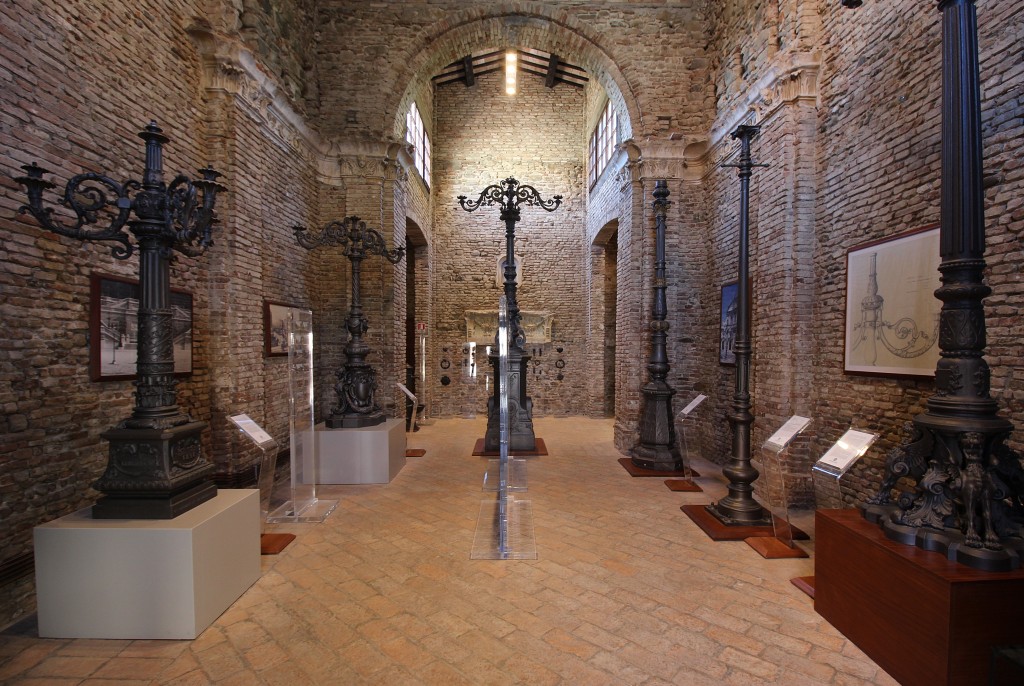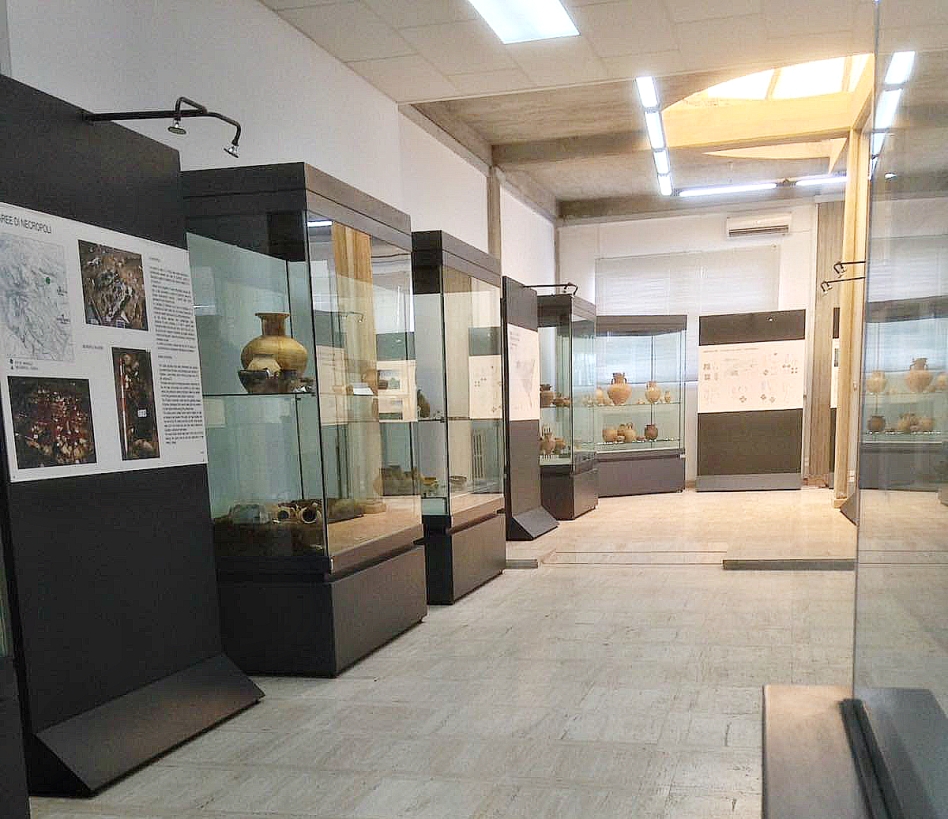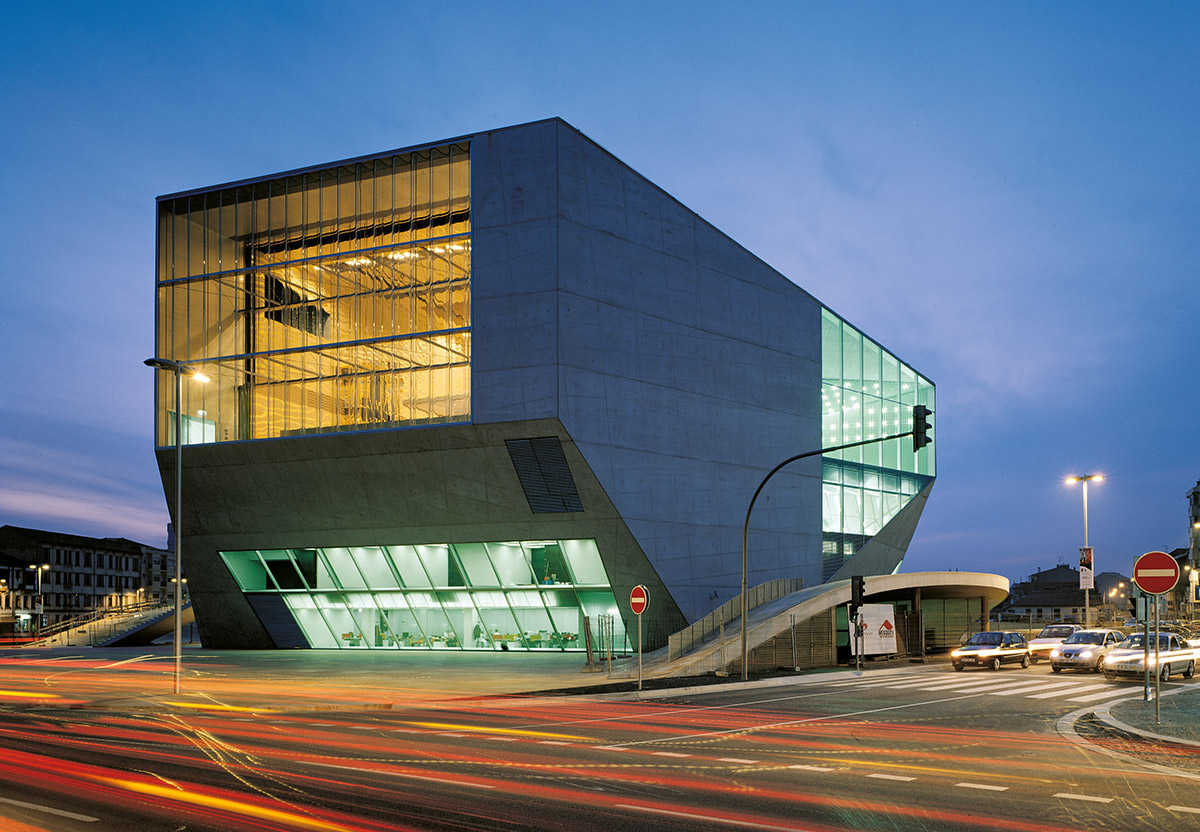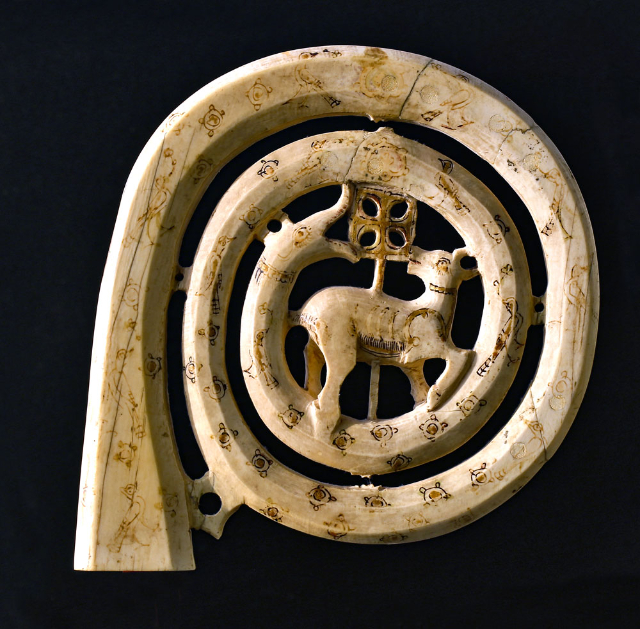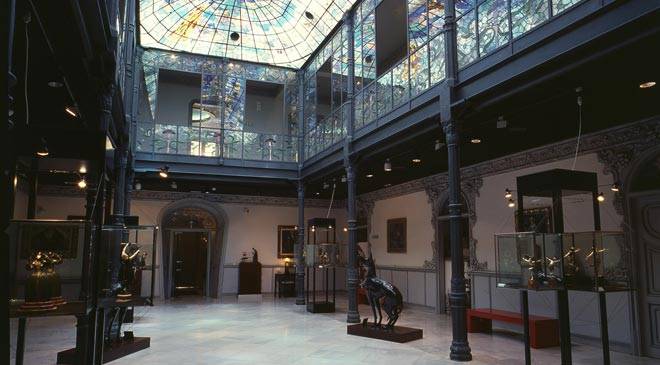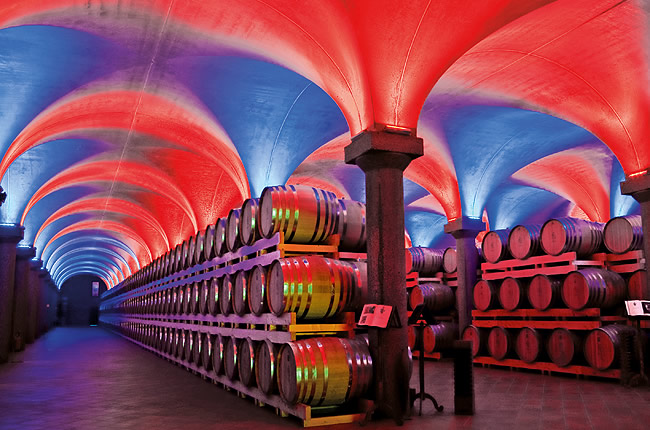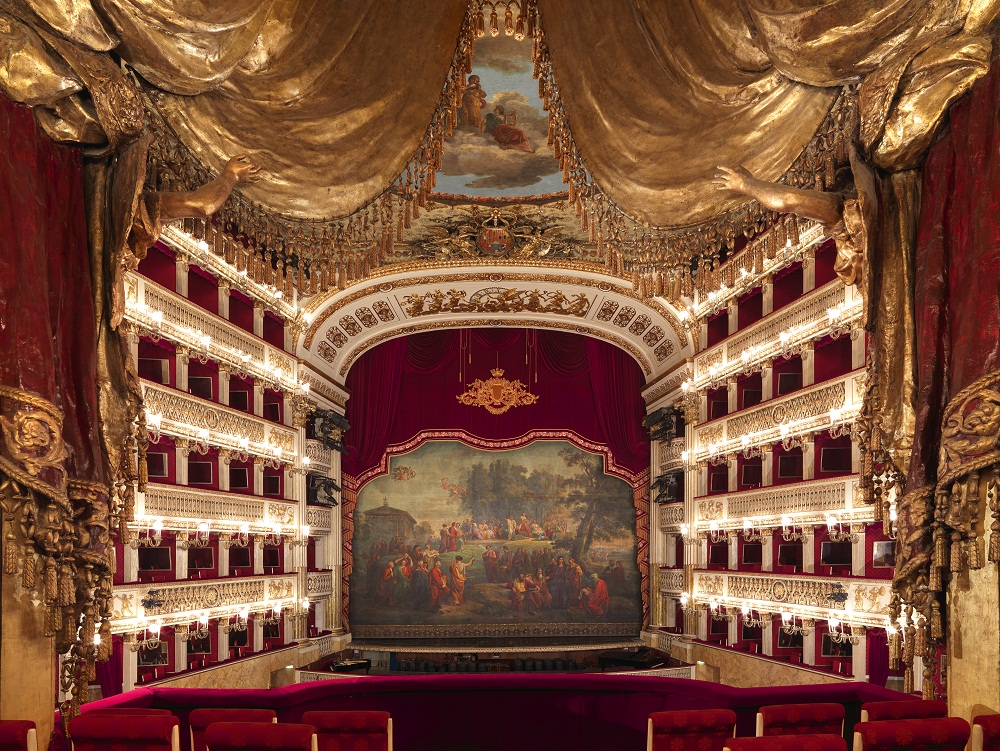Not to be missed is the small Italian Museum of Cast Iron founded by the F.lli Neri: set up inside the 18th century spaces of the deconsecrated church of Santa Maria delle Lacrime, it is unique in its kind and represents an interesting historical cross-section, mainly from the 19th century, on the art of cast iron street furniture. Throughout the nineteenth century and up to the first decades of the twentieth century, cast iron castings were used both as complements for architecture and for the realization of artefacts destined to make public spaces more functional and at the same time embellish them.
Cities, as well as many small towns, still reveal the existence of a heritage that remains unknown to the majority of people, and that only a few consider worthy of preservation. Yet even the products of the so-called minor arts, with which people have improved their living environments over the centuries, bear witness to great creativity and attention to detail.
It is precisely the richness and peculiarity of the decorations, which we can still admire today in cast iron artefacts that have survived time and human neglect, that make evident a value that transcends the limits of time and space, and make this heritage a distinguishing mark of our history.
A private collection of a certain prestige already at the end of the 1980s, so much so as to be included among the "private collections of technical and scientific interest" in a repertory edited by the Institute for Artistic and Cultural Heritage of the Emilia-Romagna Region, the Italian Museum of Cast Iron was legally constituted as an Association in 1991 and was shown to the public for the first time on the occasion of an exhibition with the evocative title "Casting an eye on Italy". Large-scale artefacts were placed in an unusual setting – the rooms of a prestigious London building – and thanks to this location they could be admired in all their beauty (Accademia Italiana delle Arti e delle Arti Applicate, London, August-September 1991).
In 1998, thanks to the agreement stipulated with the Municipality of Longiano, the exhibition was opened to the public in the deconsecrated church of Santa Maria delle Lacrime.
In the same year, Neri Spa, thanks to the Museum’s project, of which it is the only sponsor, obtained one of the five "mentions of merit" at the Guggenheim Prize – Business and Culture that, now in its second edition, aimed at encouraging companies that had distinguished themselves in supporting "long-term cultural projects capable of creating value both for the company and for the community".
